Results 1,541 to 1,550 of 12094
Thread: Anandtech News
-
02-02-12, 01:00 PM #1541
Anandtech: AMD's 2012 - 2013 Client CPU/GPU/APU Roadmap Revealed
AMD gave us a quick update on its 2012 - 2013 client roadmap, mostly focusing on new CPU/APU releases although there's a brief mention of Sea Islands - the follow-on to Southern Islands due out in 2013. AMD wasn't specific with what Sea Islands would bring us other than some more HSA (Heterogenous Systems Architecture, formerly Fusion System Architecture, aka heterogenous compute) enhancements.
The bigger updates are on the CPU/APU side. This year we'll get Trinity but we'll also get an updated Brazos platform and a new ultra low power (~4.5W) Hondo platform. The latter is likely going to be targeted at Windows 8 tablets and both will be based on 40nm Bobcat cores.
Going into 2013 AMD will move all mainstream client APUs to 28nm and bring a GCN (Graphics Core Next) based GPU to all of the APUs. Kaveri, the Llano/Trinity follow-on, will use Steamroller cores (evolution of Bulldozer/Piledriver) while Kabini and Temash will use Jaguar. Jaguar is an evolution of the Bobcat core although we don't have any architectural details at this time. Kabini and Temash will also integrate the Fusion Controller Hub (FCH, aka South Bridge) making these two APUs AMD's first true single-chip solutions.
AMD's FX platform will get an update to Piledriver cores this year with Vishera. There's no visibility beyond Vishera unfortunately, although it's probably a safe bet that we'll see a Steamroller based derivative at some point.
AMD's 2013 roadmap is heavily built around HSA. The hope is that with Graphics Core Next on-die, and proper software support, AMD will be able to deliver a compelling heterogenous computing platform that lets you leverage the strengths of both x86 CPU cores and a GPU built for compute. AMD has been chasing the promise of heterogenous compute for a while now, but its roadmap is clearly built around that vision becoming a reality.
Gallery: AMD's 2012 - 2013 Client CPU/GPU/APU Roadmap Revealed





More...
-
02-02-12, 01:22 PM #1542
Anandtech: AMD's Tablet Architectures: Hondo at 4.5W, Future Sub-2W SoC
In its client roadmap AMD revealed Hondo, a 4.5W APU with 1 - 2 low voltage Bobcat cores and an on-die DX11 GPU built on a 40nm process. Hondo will fit into Windows 8 tablets starting later this year. Going forward, AMD wants to get into the sub-2W market although we don't have a codename to associate with that power target. Mobile is very important to AMD going forward both in tablets and ultra thin notebooks and it looks like AMD is planning on building the architectures it needs to be successful there.
More...
-
02-02-12, 01:22 PM #1543
Anandtech: Seagate GoFlex Thunderbolt Adapter Now Available
A few weeks ago at CES 2012, Seagate showcased their GoFlex Thunderbolt adapters. They come in two flavors: the GoFlex Desk Thunderbolt adapter takes 3.5" drives, requires an external power supply, and has two Thunderbolt ports; the GoFlex Thunderbolt adapter is suitable for 2.5" drives, is bus-powered, and has a single Thunderbolt port (i.e. no daisy-chaining).
The GoFlex Desk adapter won't be available until later this month, but Seagate has now updated their accessory page and started shipping the 2.5" GoFlex adapter. It's available from Seagate's online store for $100 (no cable included, so that's another $50), which is quite a lot more than a $15 USB 3.0 enclosure, but at least this is better pricing than the LaCie and Promise solutions we have seen so far. Unfortunately, you are still limited to using Seagate's GoFlex drives, but fortunately they are reasonably priced. By way of comparison, a solution using the GoFlex TB adapter and 1TB GoFlex external would cost around $230, whereas LaCie charges $400 for a similar setup.
MacWorld has already received a review unit and run a few basic tests. As you might have expected, Thunderbolt is noticeably faster than USB 2.0 but not much faster than FireWire 800. In terms of raw numbers, USB 2.0 had a maximum throughput of 33.7MB/s while FireWire and Thunderbolt had 70.3MB/s and 81.3MB/s respectively. Obviously, the 500GB 2.5" 5400rpm drive is the bottleneck here—the gap would be a lot bigger with a 3.5" hard drive, or better yet, an SSD.
To be honest, the GoFlex Thunderbolt adapter isn't really worth it unless you plan on using an SSD, which requires you to open the GoFlex enclosure and change the hard drive to an SSD, which is not supported by Seagate and may void your warranty. In the case of regular 2.5" hard drives, you're better off with the GoFlex FireWire 800 adapter ($50 from Seagate's online store and no $50 cable required), assuming you have a Mac with FireWire 800—otherwise USB 2.0 should be sufficient as well. For those not using Mac hardware, Thunderbolt may have more bandwidth, but right now USB 3.0 is a far more economical solution.
More...
-
02-02-12, 01:22 PM #1544
Anandtech: AMD is Ambidextrous, Not Married to Any One Architecture, ARM in the Datac
We've been hammering this point home all day, but AMD just mentioned it again. The company wants to be a solutions provider, one that's ambidextrous and nore married to any one architecture. AMD is likely talking about ARM here and seems willing to offer both ARM and x86 based SoCs depending on the market segment/customer requirements. What's important to note is that thus far AMD has talked about these ambidextrous solutions with respect to the datacenter and not client systems, and definitely not smartphones. If you were looking for AMD to get into the ARM based SoC race in phones, that's not what's going to happen. An AMD architected ARM based enterprise solution is interesting though. It's unclear to me what the main advantage of ARM would be there, particularly given that AMD has its own low power x86 core with Bobcat, but it's an interesting notion.
More...
-
02-02-12, 05:30 PM #1545
Anandtech: Understanding AMD's Roadmap & New Direction
We've been providing live coverage of AMD's 2012 Financial Analyst Day from Santa Clara today, but if you want a summary of the company's strategy under new CEO Rory Read you've come to the right place. Below you'll find links to everything we've published from AMD's FAD 2012:
AMD's Rory Read Outlines AMD's Future Strategy
AMD Outlines HSA Roadmap: Unified Memory for CPU/GPU in 2013, HSA GPUs in 2014
AMD is Open to Integrating 3rd Party IP in Future SoCs
AMD's Financial Analyst Day 2012 - Mark Papermaster, SVP & CTO Presentation
AMD: Flexible Around ISA
AMD Nods at Shorter Design Cycles, More Synthesized Designs
What AMD Views as Important: Tablets, Servers, Notebooks & GPUs
AMD & Compal Show Off 18mm Trinity Notebook
AMD's 2012 - 2013 Client CPU/GPU/APU Roadmap Revealed
AMD's 2012 - 2013 Server Roadmap: Abu Dhabi, Seoul & Delhi CPUs
AMD is Ambidextrous, Not Married to Any One Architecture, ARM in the Datacenter?
AMD's Tablet Architectures: Hondo at 4.5W, Future Sub-2W SoC
Read on for our summary and analysis of AMD's new strategy.
More...
-
02-02-12, 11:30 PM #1546
Anandtech: Motorola Droid RAZR, RAZR MAXX Update Enables CDRX for Better LTE Battery
While we don't usually cover every software update on every platform, I thought it worth noting something special about the new update which will begin going out shortly to the Motorola Droid RAZR and RAZR MAXX. Among the features included in "6.12.173.XT912.Verizon.en.US" is a new feature that isn't directly advertised in the changelog - it's the inclusion of Connected Discontinuous Reception, or CDRX for Motorola/TI's codename Wrigley 4G LTE baseband. The short of it is improved battery life on 4G LTE.
Discontinuous Reception (DRX) is nothing new for UMTS based networks, and is a power reduction feature. The aim is simple - during idle periods, the cellular network tells the handset that it doesn't need to expect any traffic, and thus the handset can shut down the RF frontend and other power draining bits. The phone can then wake up the parts required to receive and listen to a paging channel when the discontinuous cycle ends. The above is the way things work in UMTS, in 4G LTE things change a bit, but the concept is the same. However a new feature is the somewhat strangely-named connected DRX mode. The "connected" part comes from the fact that DRX now can work while the user equipment is in an RRC_Connected state, in addition to RRC_Idle. The result is that the handset can now shut down parts required to listen with much finer frequency, for example during the idle periods when a webpage is loading, as opposed to the longer idle periods when the phone is locked and in a pocket. I'm told that CDRX is now enabled on about half of Verizon Wireless' 4G LTE network, specifically in markets where Ericsson is the radio network equipment supplier. The other Alcatel-Lucent markets will be upgraded as well in due time. Unfortunately my markets in Tucson and Phoenix AZ are Alcatel-Lucent (to the best of my knowledge, from seeing many empty Alcatel-Lucent boxes and trucks around new LTE eNodeBs), so I'll have to wait to see just how big of a difference this makes in real-world testing.Source: Verizon Software Update (PDF)
More...
-
02-03-12, 03:01 AM #1547
Anandtech: AMD: The Flexibility is in the Fabric
A theme of the new AMD is modularity. We've of course heard this before as it has always been a goal of AMD's to bring to market more modular, configurable designs, however this time the rhetoric is a lot more serious. In our earlier coverage we talked about future AMD SoCs allowing for a combination of AMD x86 CPU, GPU and 3rd party IP blocks. What AMD didn't mention during its Financial Analyst Day presentations however was how it would enable this pick-and-choose modular design. The secret, as it turns out, is in a new modular fabric that AMD is designing.
It will take AMD until 2014 - 2015 to actually have the first, fully functional modular fabric in an SoC, but that's the goal. Being able to design a foundation that can interface with multiple buses (e.g. PCIe, HT, AMBA for ARM, etc...) will enable AMD to build more modular SoCs.
With the fabric created, AMD can also change the way it does chip design. Today APU designs are seen from start to finish. Teams work on the various components of the design, but those components are viewed as a part of the whole, not as independents. E.g. the GPU portion of Trinity is worked on as Trinity's GPU, not a GPU block that will be re-used in other chips. Under the new AMD, teams will work on designing modular IP blocks without much focus on where they end up. You'll have teams that will work on a GPU block and simply move onto another GPU project after they're done. Assuming AMD's new scalable SoC fabric is flexible enough, theoretically an APU designer could pick and choose from the various IP blocks and deliver a customized design that's decoupled from the individual blocks themselves. Similar to how you'll see an Imagination Technologies PowerVR SGX 540 in a variety of SoCs, AMD could build a GCN GPU block and use it in a variety of SoCs that address different markets. You can view AMD as having a broad portfolio of x86 and GPU cores and with this new SoC fabric it can mix and match those blocks as it sees fit. Furthermore, if the need arises, AMD could add in 3rd party IP where appropriate.
We've actually heard of similar approaches to design from other companies in the SoC space, including Intel. With Atom Intel introduced a sea-of-FUBs (functional unit blocks) design methodology that leveraged more synthesized logic and modular blocks to reduce time to market and reduce feature creep. Atom also uses a fair amount of 3rd party IP (GPU, video encode/decode).
AMD's strategy makes a lot of sense, there's still a lot of execution that needs to happen before we get to the point where we can take modularity for granted but the direction is sound.
More...
-
02-04-12, 12:20 PM #1548
Anandtech: Micron CEO Steve Appleton Dies in a Plane Crash
Micron's long time CEO, Steve Appleton, has died in a plane crash at the age of 51 at the Boise Airport on Friday morning. He was reportedly flying a single-engine Lancair plane, which stalled and then nosedived shortly after take-off. Appleton was the only person onboard and died immediately upon impact.
Appleton started working at Micron in 1983 and became the CEO eleven years later in 1994. Micron is most known for storage solutions, such as NAND flash. Intel's and Micron's joint NAND venture, IMFT, is one of the leading NAND manufacturers, and consumers may also be familiar with Micron's subdiary Crucial, a well known SSD and RAM brand. Flying was always Appleton's passion and he owned over 20 airplanes. He leaves behind a wife and four children.
R.I.P. Steve Appleton, 1960-2012
More...
-
02-06-12, 10:40 AM #1549
Anandtech: Intel SSD 520 Review: Cherryville Brings Reliability to SandForce
Intel was rumored to be working on a SandForce based drive for several months now, but even the rumors couldn't encapsulate just how long Intel and SF has worked on this drive. According to Intel, the relationship began 1.5 years ago. Still lacking a 6Gbps controller of their own and wanting to remain competitive with the rest of the market, Intel approached SandForce about building a drive based on the (at the time) unreleased SF-2281 controller. Roughly six months later, initial testing and validation began on the drive. That's right, around the time that OCZ was previewing the first Vertex 3 Pro, Intel was just beginning its extensive validation process.
Codenamed Cherryville, Intel's SSD 520 would go through a full year of validation before Intel would sign off on the drive for release. In fact, it was some unresolved issues that cropped up during Intel's validation that pushed Cherryville back from the late 2011 release to today.
Intel's strenuous validation will eventually make SandForce's drives better for everyone, but for now the Cherryville firmware remains exclusive. Intel wouldn't go on record with details of its arrangement with SandForce, but from what I've managed to piece together the Intel Cherryville firmware is exclusive for a limited period of time. That exclusivity agreement likely expires sometime after the SF-2281 is replaced by a 3rd generation controller. There are some loopholes that allow SandForce to port bug fixes to general partner firmware but the specific terms aren't public information. The important takeaway is anything fixed in Intel's firmware isn't necessarily going to be fixed in other SF-2281 based drives in the near term. This is an important distinction because although Cherryville performs very similarly to other SF-2281 drives, it should be more reliable.
Read on for our full review of Intel's SSD 520.
More...
-
02-06-12, 04:40 PM #1550
Anandtech: CDMA/LTE Galaxy Nexus 4.0.4 Update Changes Signal Reporting
Back when the Verizon CDMA/LTE Galaxy Nexus released, there was much talk of a signal related issue, which we investigated. The findings back then were that there was nothing wrong with the device itself, the problem was merely a discrepancy with how 4.0.2 was painting signal bars. Since then, I've been watching for an update which would change the way the device reports signal, and it appears that these changes are included in the 4.0.4 ROM which has emerged for the mysid (CDMA/LTE) model. I spent some time playing around with our CDMA/LTE Galaxy Nexus with this ROM installed and have a few impressions.
First, the update does indeed appear to change the signal strength to signal bars mapping. In the same reported signal strength (-93 dBm in this example), the device has gone from 3 bars on 4.0.2 to 4 bars on 4.0.4. The rest of the change points seem to be accordingly lower as well, meaning you'll see more bars for the same field strength. This change makes the Galaxy Nexus more in line with the reporting I've seen on other Verizon LTE devices.
I believe that there's a good chance that the Galaxy Nexus as of 4.0.4 is reporting signal strength based on LTE RSSI (Received Signal Strength Indicator) which is the summation of power from adjacent cells, interference, and thermal noise, as opposed to LTE RSRP (Reference Signal Received Power) which is the power of a reference signal from a specific cell. Lately, Verizon has been making a concerted effort to standardize reporting on LTE handsets to a 5 bar scale reflecting LTE RSSI instead of LTE RSRP, starting with the recent HTC Rezound update.
A few other observations address some other cellular performance characteristics - specifically hard handover speed from 4G LTE down to 3G EVDO and back up. Going both directions on the Galaxy Nexus now seems much, much faster compared to the device's original shipping state - doing the handover and getting data flowing now is basically instantaneous. This is a big improvement if you're frequently in an area with marginal 4G LTE signal. Other changes are subtle and include some UI tweaks: the camera launch from lock screen now feels faster, there's a subtle tweak to the power off menu, and inside settings is a new "Dock" category and options tab (shown above). Performance through our benchmark suite remains the same, however.
More...
Thread Information
Users Browsing this Thread
There are currently 19 users browsing this thread. (0 members and 19 guests)








 Quote
Quote




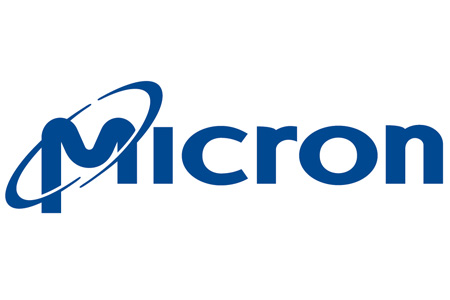
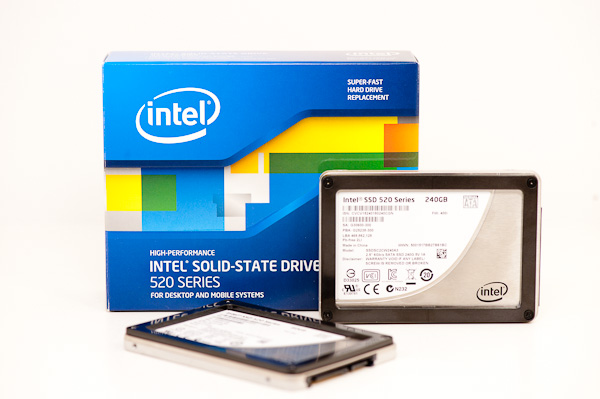

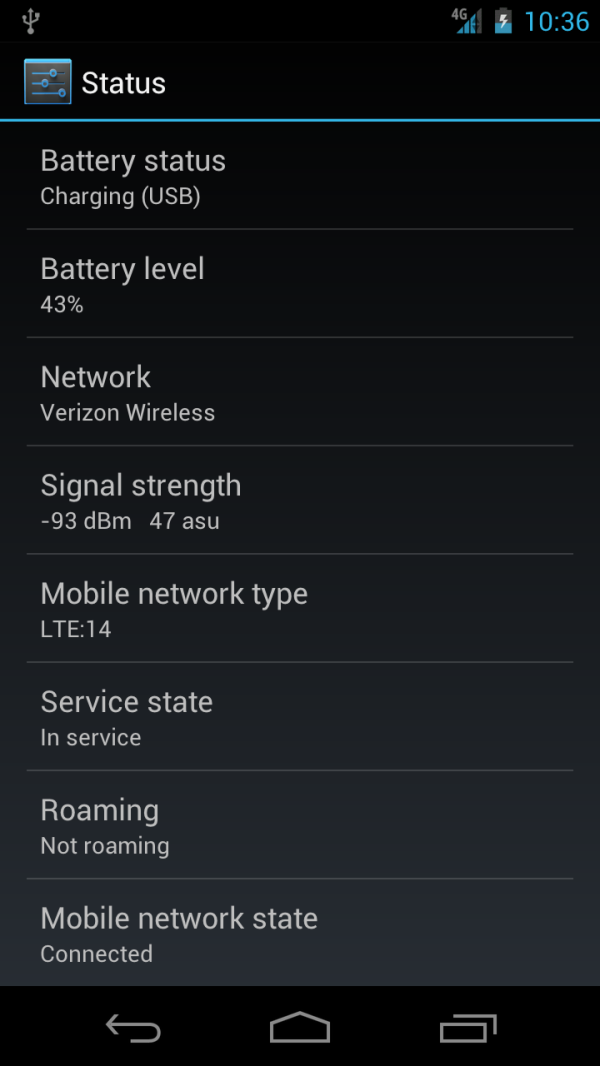
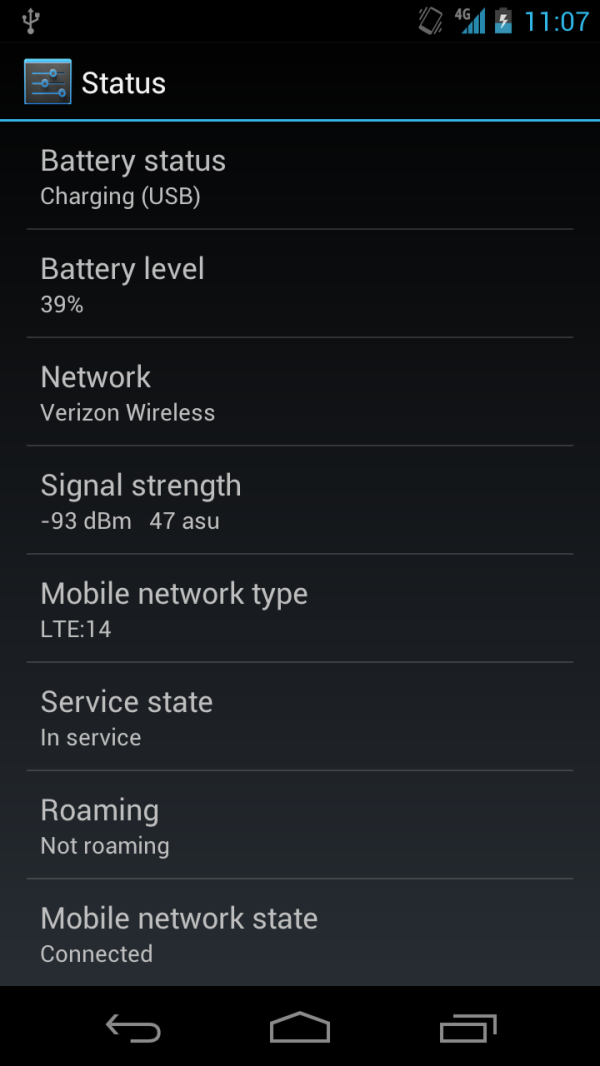
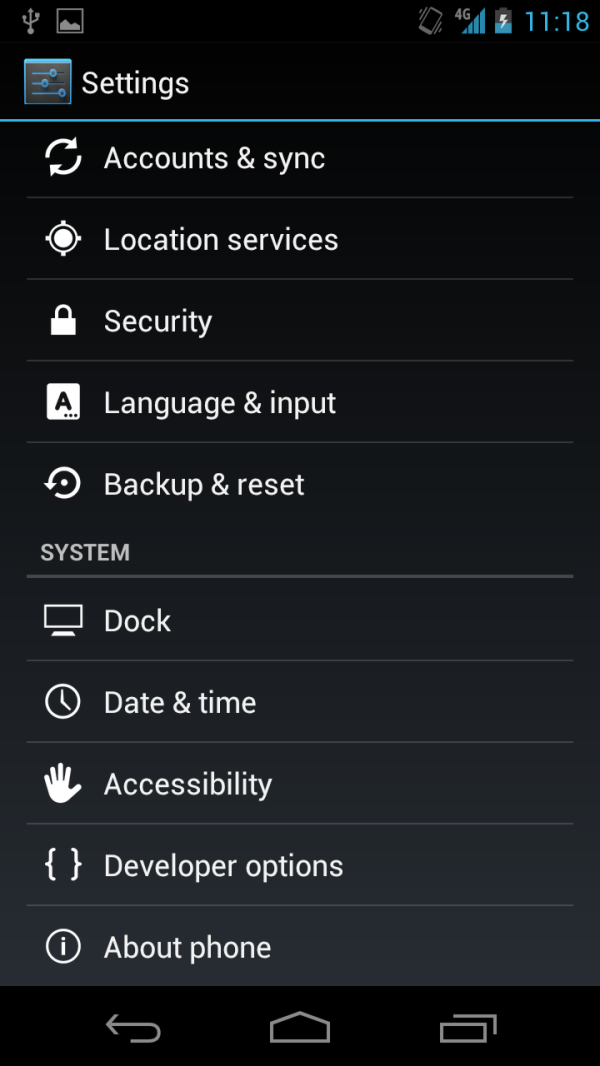
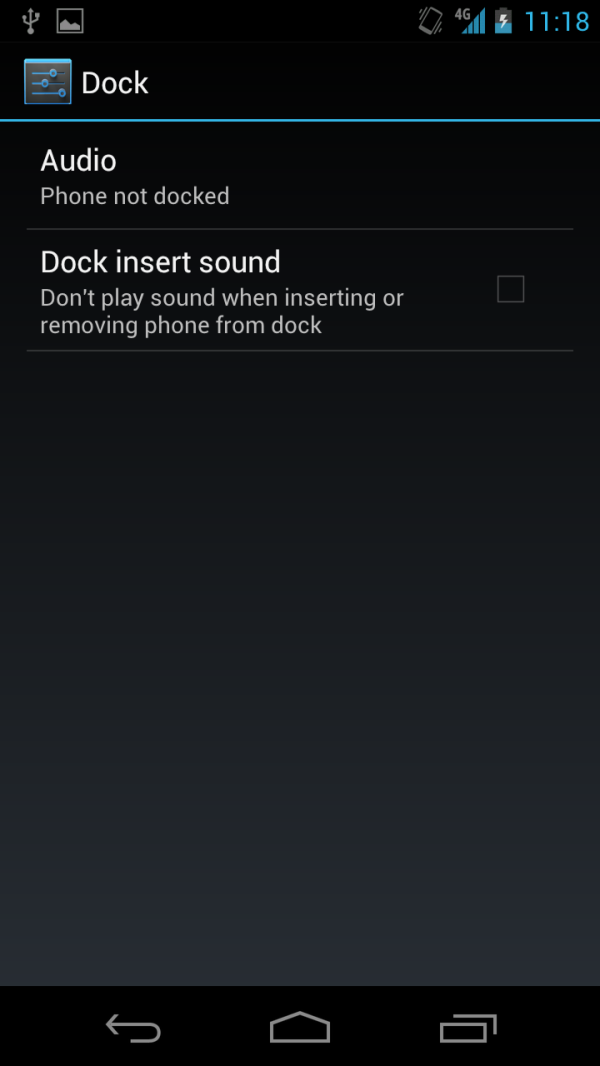
















Bookmarks